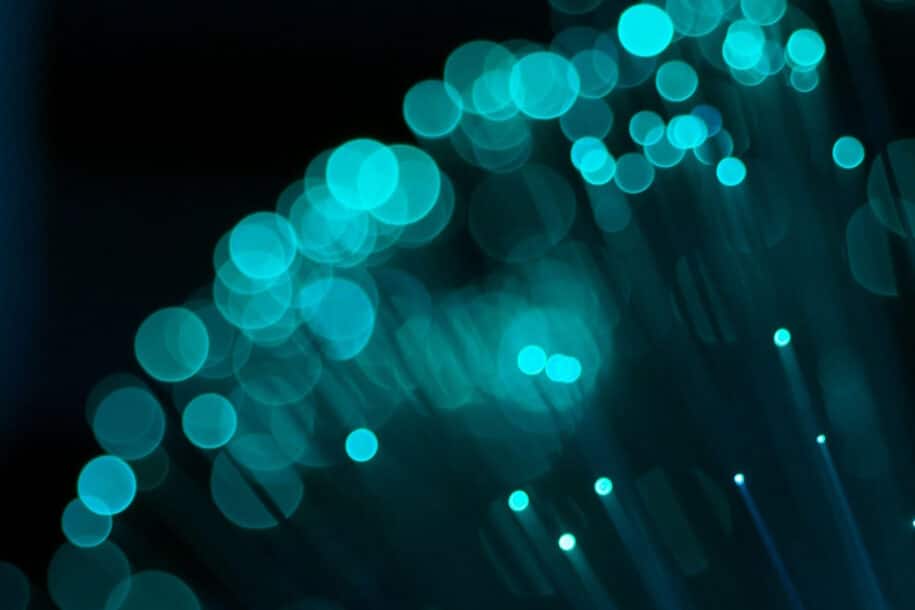The simple act of not using credit cards will naturally lead you into all sorts of other better financial habits too.
You probably know how I feel about credit cards. In case you don’t, here are some refreshers.
- Your credit card company thanks you for your generous donation
- How credit cards are like alcohol
- Are you really earning rewards from your credit cards?
I’m not a Dave Ramsey-esque zealot wanting you to cut up your credit cards. I actually have a few credit cards myself, and use them from time to time. But, I feel very strongly about people using their debit cards (or even cash) for their everyday purchases, and not credit cards.
Let’s suppose that you’re on board with this, and ready for your debit card to be your “daily driver”. Some questions are bound to pop up on how exactly this would work.
Luckily, these are good questions.
Table of Contents
Know that you have the money
One question that might come up for you, and one that might serve as the cover for why you might have used a credit card every day in the first place, is this simple one:
“How do I know if I have the money to pay for what I’m buying?”
How indeed.
This means that you now need to know how much is in your bank account at the moment.
This is a bare minimum task, but if you’re starting out, this is the first step. After all, getting hit with overdraft fees does you no good at all.
But you can’t stop there. You also need to know how much money is coming in and how much money is going out. After all, if you have $1,000 today, but you’re going to be paying a $500 bill tomorrow, you can’t spend $600.
(This is also why float is so important, but one thing at a time.)
How do you figure all this out? You start tracking your spending.
You have income, and you have the bills you pay. Everything else that’s left is your expenses. These all need to add up.
You generally know your income. You can easily figure out your expenses. That means that you can deduce how much you have to spend in a given month.
All that’s left for you to do now is stay within those bounds.
Know where the money will come from
Another question you may have, is regarding larger purchases:
“How do I pay for the big purchases, the ones much larger than I could afford in a given month?”
How indeed.
It’s true that if you have to buy a refrigerator or dishwasher or even a plane ticket, that may be more money than is in your “Expenses” column for that month. No amount of tracking will find money that isn’t there.
But this is where you have to zoom out. When you have large purchases, you need to plan for them in advance. These means creating savings goals.
Paying for large things is actually quite simple: it just takes a plan, execution, and most of all, time.
A $1,200 purchase is $100 a month put away for a year, or $200 a month for six months. You figure out when in the future you will want to make the purchase, and then you work backwards from there to see how long you have.
I didn’t say it was easy, but it’s certainly not complicated.
And as for those unexpected things you don’t have the foresight to know you need, that’s what an emergency fund is for. You can thereby make unexpected expected after all.
Better financial habits fall into place
As you can see, all these good financial habits are a natural progression that follows from the moment when you stop using a credit card for your everyday spending. You don’t need to “force” yourself to start thinking about tracking or saving up for things, you will naturally start doing them.
But this is a good thing. The way I see it, there is no path to financial success that doesn’t involve habits like tracking your spending and making savings goals. No matter how much money you make, you can spend it all and more if you’re not careful. And the easiest way to not be careful is to use a credit card.
Make the decision to start paying with your own money, though, and you’ll get all of the benefits that come with being a good steward of money, namely, more of it, and less anxiety around it.




2 Comments
Anita alexander
What is your advice on how to actually put money aside – the practicalities – should I have multiple bank accounts earmarked for different classes of spending or goals? What is the modern equivalent of the envelope system?
I am in Australia and thinking of switching to this bank as they have up to 50 different tracking accounts (not sure if that is the right description) https://up.com.au/
I would love your opinion as I value it so much on other topics
Thanks
Anita
Mike Pumphrey
Thanks for the question, Anita. I personally believe in the power of manual tracking, that is, recording purchases when they happen. If you know how much money you have coming in, then you can divide that money into various categories (“Groceries”, “Clothes”, “Savings”, etc.) and you can give yourself an allowance for each of them. When you spend money, you subtract that amount from the category, and you make sure never to let a category balance go below zero. In this way, you’re in effect making your own “envelopes”, just on a piece of paper or spreadsheet. It requires you to be intentional about your spending, but that’s a good thing anyway.
There are lots of ways to put money aside, but that’s how I do it, and how I recommend my clients do it. Hope this helps!
Thanks,
Mike